Seeing The Duchess of Malfi in London
"She stains the time past, lights the time to come."
I can’t say I expected that seeing a 17th-century revenge tragedy would land on my 24 in 2024 list. Yet, when I saw that John Webster’s The Duchess of Malfi was being performed this spring at the Sam Wanamaker Playhouse at Shakespeare’s Globe Theatre, it went straight on the list.
If you’re thinking that Malfi sounds an awful lot like Amalfi, you’d be right. Webster’s The Duchess of Malfi was originally written in 1612-1613 and published in 1623 as The Tragedy of the Dutchesse of Malfy. (Both Malfi and Malfy are antiquated names for Amalfi.) This macabre play was inspired by Giovanna d’Aragona, the real-life Duchess of Amalfi from 1498 until about 1511 when she mysteriously disappeared.
- Title page of The Tragedy of the Dutchesse of Malfy, 1623. (John Webster, Public domain via Wikimedia Commons)
The Duchess of Amalfi lived a brief yet brilliant life. As a young widow, Giovanna became the Duchess of Amalfi, yet was jealously guarded over by her brothers - Cardinal Luigi d’Aragona and Carlo d’Aragona, Marquis of Gerace. Yet, she was a woman of her own mind and chose to secretly marry her steward, Antonio Bologna. (Reader: this did not end well.) Local legend in Amalfi says that Giovanna was murdered, along with her children, in the Torre dello Ziro watchtower.
- A glimpse of the Torre dello Ziro watchtower from Piazza Duomo.
Early one morning recently, I dropped my bag into the taxi and looked up at the Torre dello Ziro. Standing right at the base of the Duomo you can see it sitting up there in the mountains high above Amalfi. Then I was off. The day started early, under a cloudy sky heavy with rain, zigzagging over the mountains to the airport in Naples. Lines, security, speedy boarding, train (the wrong train but to the right destination), the Tube, and finally a walk across the Millennium Bridge, and there it was: Shakespeare’s Globe Theatre.
- The Globe Theatre in London.
Not long after Giovanna d’Aragona’s death, her tragic fate rippled across Europe, told in tales like Matteo Bandello's Novelle in 1554, in a French adaptation by François de Belleforest, and later William Painter's translation as The Palace of Pleasure in 1567. John Webster’s The Duchess of Malfi tells this same story and, as it turns out, is connected to the very spot I crossed through on both sides of the Millennium Bridge. It was first performed at Blackfriars Theatre and later at the Globe. The late February wind was blowing cold as I walked over the bridge, getting ever closer to seeing the pages of Webster’s play come to life in the most remarkable setting.
A rare glimpse of the 17th century, the Sam Wanamaker Playhouse was inspired by a Jacobean period theater design. Built next to Shakespeare’s Globe, it is named after the visionary director who was behind the recreation of the Globe Theatre. Unlike the open-air Globe, the indoor Sam Wanamaker Playhouse has a winter season from October to April (with events throughout the year). It opened in 2014 with a production of The Duchess of Malfi (directed by Dominic Dromgoole), and for the 10th anniversary it has been brought back with a brilliant new production led by award-winning Director Rachel Bagshaw.
In keeping with the historically inspired setting, the Sam Wanamaker Playhouse is candlelit. Six chandeliers above the stage—which can be raised and lowered—along with wall sconces are the main lighting. During the performance, the candles were lit and put out and lit again, and actors carried candelabras on and off the stage. Nearly 100 candles are used per performance and the flickering of the candles in such an intimate theater setting was captivating.
In one dramatic scene, the Duchess’s brother Ferdinand visits her in the dark to play a cruel joke on her (Act 4, Scene 1). The stage was hauntingly dark - the audience completely silent and drawn into the darkness with the Duchess.
- Inside the Sam Wanamaker Playhouse.
I love a good excuse to read a book I’ve been meaning to read for ages. When I had the chance to be in London for a few days for work, I checked online last minute and was lucky enough to get the last ticket available. I finished reading the play just as the plane landed and was still in that delightful place of finishing a story but not wanting to let it go when the lights went down and the candles flickered in the dark.
The dark and shadowy world in Webster’s play felt right at home in the 17th-century candlelit theater, but with one decidedly 21st-century addition. The play had creative captioning projected during the entire performance, well-designed to match the set, and timed as the actors delivered their lines. It was an interesting and beautiful example of incorporating captioning for deaf audience members that doesn’t stop at simply representing the words but added a creative element that captured the emotion as well.
Amalfi has a much more intriguing past than many assume. It was incredible to see The Duchess of Malfi in such a historical setting and brought to life by a talented cast. If your travels will take you to London this spring, I’d highly recommend checking it out. The Duchess of Malfi is on through April 14, 2024.
READ ON …
If you enjoy history and unexpected stories from the past, get your hands on a copy of The Mystery of the Duchess of Malfi by Barbara Banks Amendola. Written by art historian and longtime Amalfi Coast resident (and lovely person!), it unravels the complex tale of Giovanna d’Aragona.
Still thinking about 100 candles in a wooden theater? (Me too!) This is a fascinating look at the creation of the Sam Wanamaker Playhouse and how they safely brought the vision to life:
For the curious, you can read more about Amalfi’s 15th-century Torre dello Ziro watchtower over on Ciao Amalfi.
Know someone who loves the Amalfi Coast? Share Ciao Amalfi with them by clicking below. Grazie mille!
Find more on www.ciaoamalfi.com. My books: Moon Amalfi Coast & Moon Southern Italy. The Ciao Amalfi newsletter may contain affiliate links.







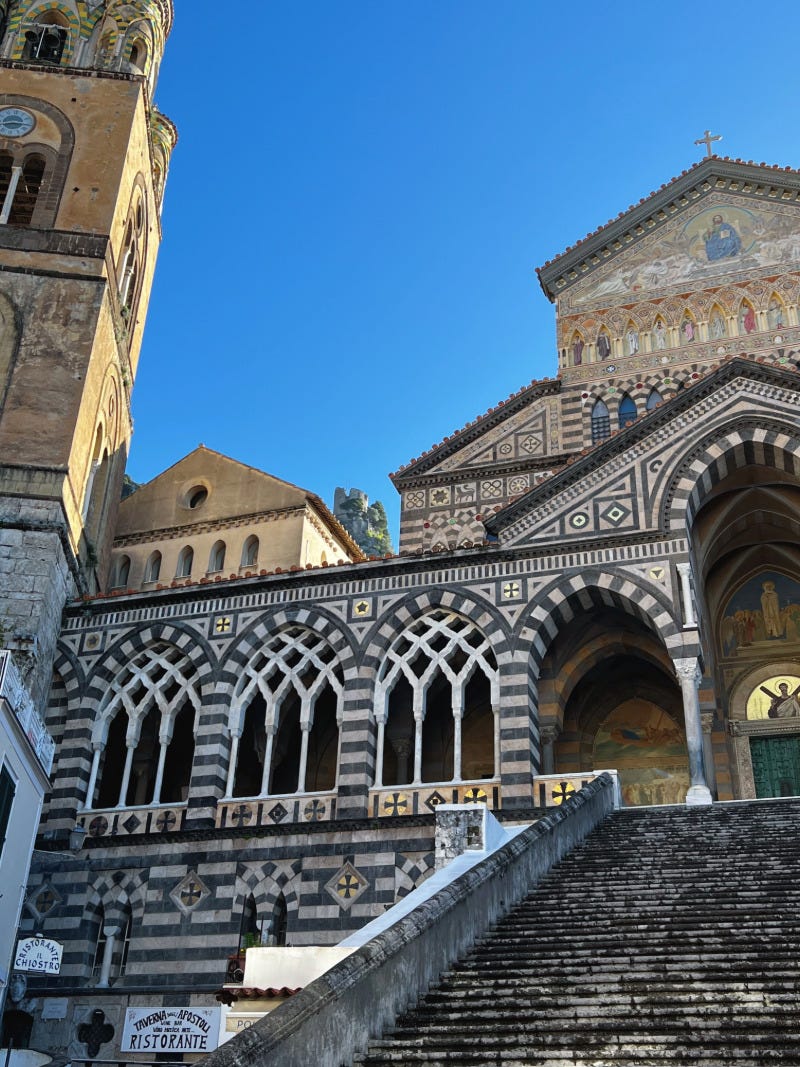
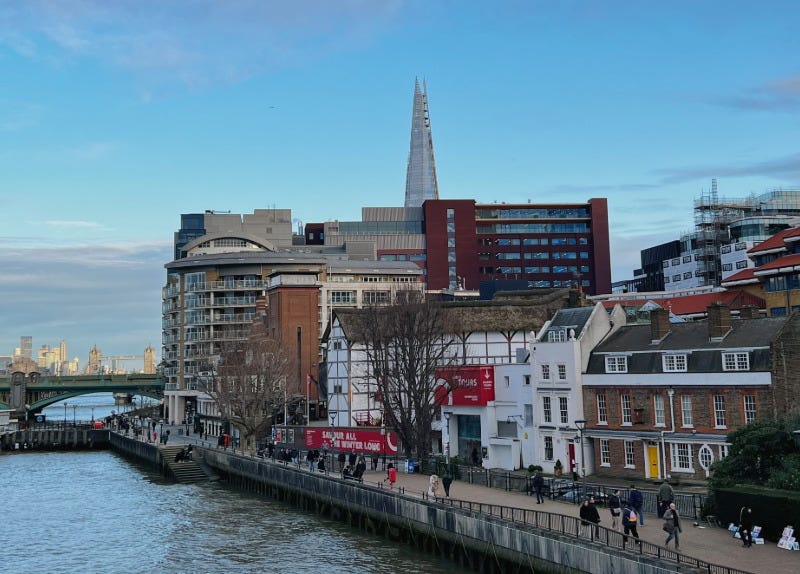
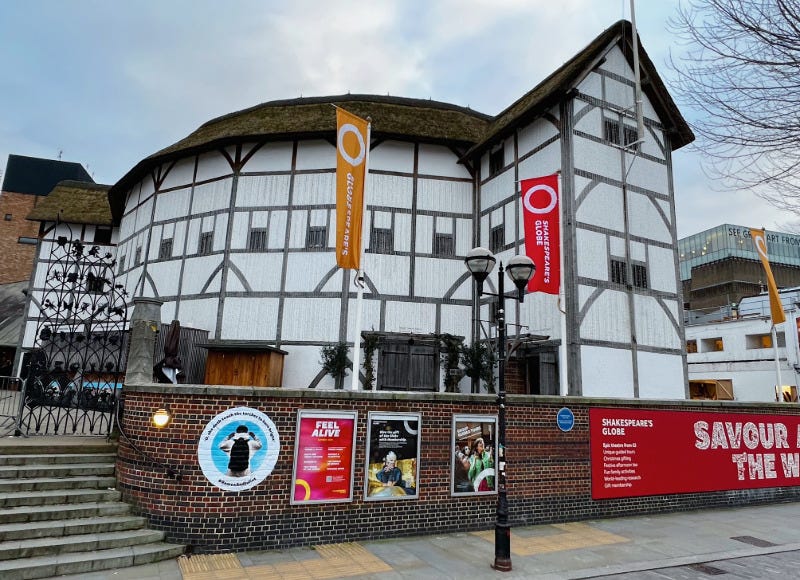

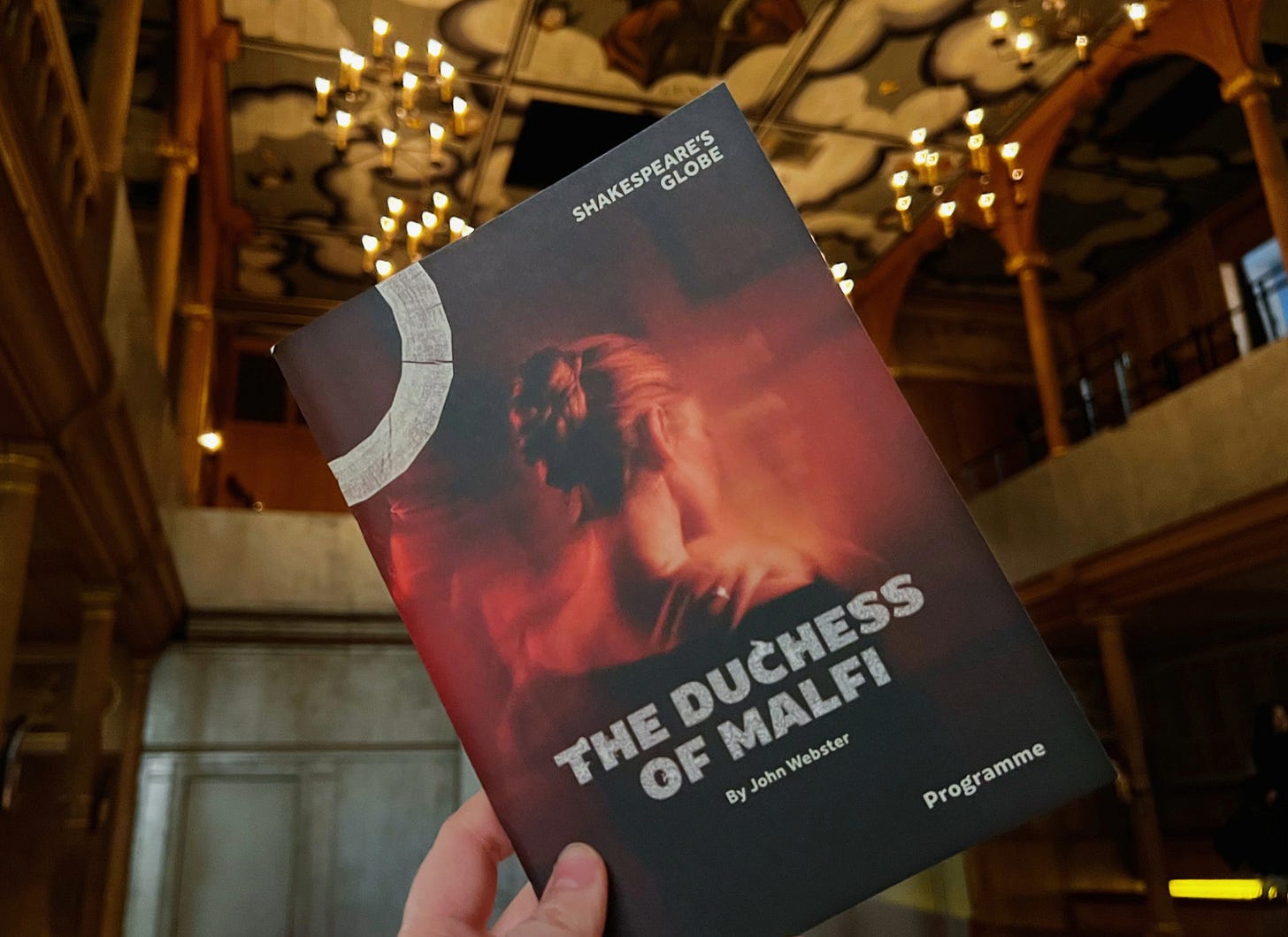
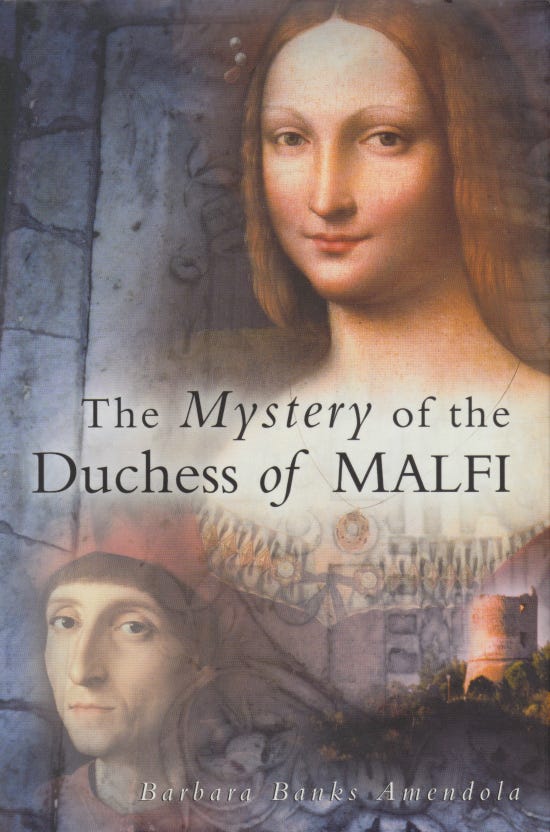

I had just recently been doing some research on Amalfi and came across the story of the Duchess-- it struck me as a wonderfully dramatic, if tragic, story. Would love to check out the play if I can make it to London in time. Thanks for the tip!
What a fascinating story! I had never heard of it before and I love history. I’m now reading Barbara Amendola’s book as per your recommendation.